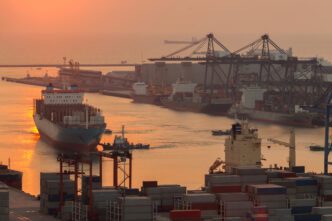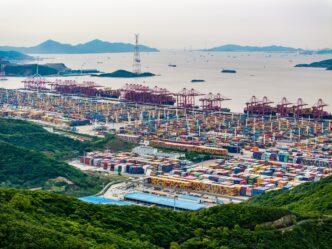With the calendar rapidly closing in on a critical August 1 deadline, a chilling paralysis has gripped thousands of U.S. businesses. A looming wave of steep new tariffs, born from months of whipsaw trade policy, threatens to upend supply chains and cripple balance sheets. Yet the constant, unpredictable shifts in policy have made it nearly impossible for companies—from small importers to multinational corporations—to make strategic decisions with any degree of certainty.
The result is a business community trapped in a high-stakes waiting game, forced to make costly bets on a playing field where the rules can change from one week to the next. This has created a palpable chilling effect on investment, hiring, and growth as companies brace for a volatile second half of the year.
Across the country, the story is the same. Retail federations are sounding the alarm, warning that this prolonged uncertainty will inevitably be passed on to the public. Consumers should be prepared for the dual impact of higher costs and reduced product availability as businesses struggle to navigate a chaotic import landscape.
The most acute pain is being felt by the small businesses that make up the backbone of America’s import economy. We’ve spoken with entrepreneurs who have spent months and fortunes moving their manufacturing out of one country to escape a trade war, only to find themselves in the crosshairs of a new, unexpected tariff threat in their new location. The feeling is one of being relentlessly pursued by a policy that offers no safe harbor. This has forced owners into impossible positions, cutting their own salaries and facing the grim prospect of laying off employees just to free up cash to cover potential new duties.
This sense of paralysis extends to the largest corporations. Recent industry surveys show that even major business leaders are pausing significant investments for up to a year, waiting to see how the new playing field will land. While large companies have the resources to reconfigure their supply chains, such strategic shifts take months, if not years—a timeline that is utterly incompatible with a trade policy that can pivot in a matter of weeks. Business chambers representing multinational giants report a “wait-and-see” approach from the biggest players, even as they acknowledge that their smaller and mid-sized members are in a fight for their very survival.
For some industries, there is no escape. Businesses tied to specific geographical products, like specialty agricultural goods from a particular region, cannot simply relocate their supply chains. A bottle of wine from a famed European appellation, for example, cannot be replicated elsewhere. These companies are left with no choice but to absorb the tariff costs, hoping to avoid raising prices on consumers, or to rush shipments before the deadline, creating logistical nightmares and further financial strain.
As the deadline approaches, a deep sense of helplessness pervades the business community. When owners and executives turn to one another for guidance, they are met not with answers, but with a shared anxiety. The common refrain is one of resignation—a collective shrugging of shoulders in the face of a force that feels entirely beyond their control.








